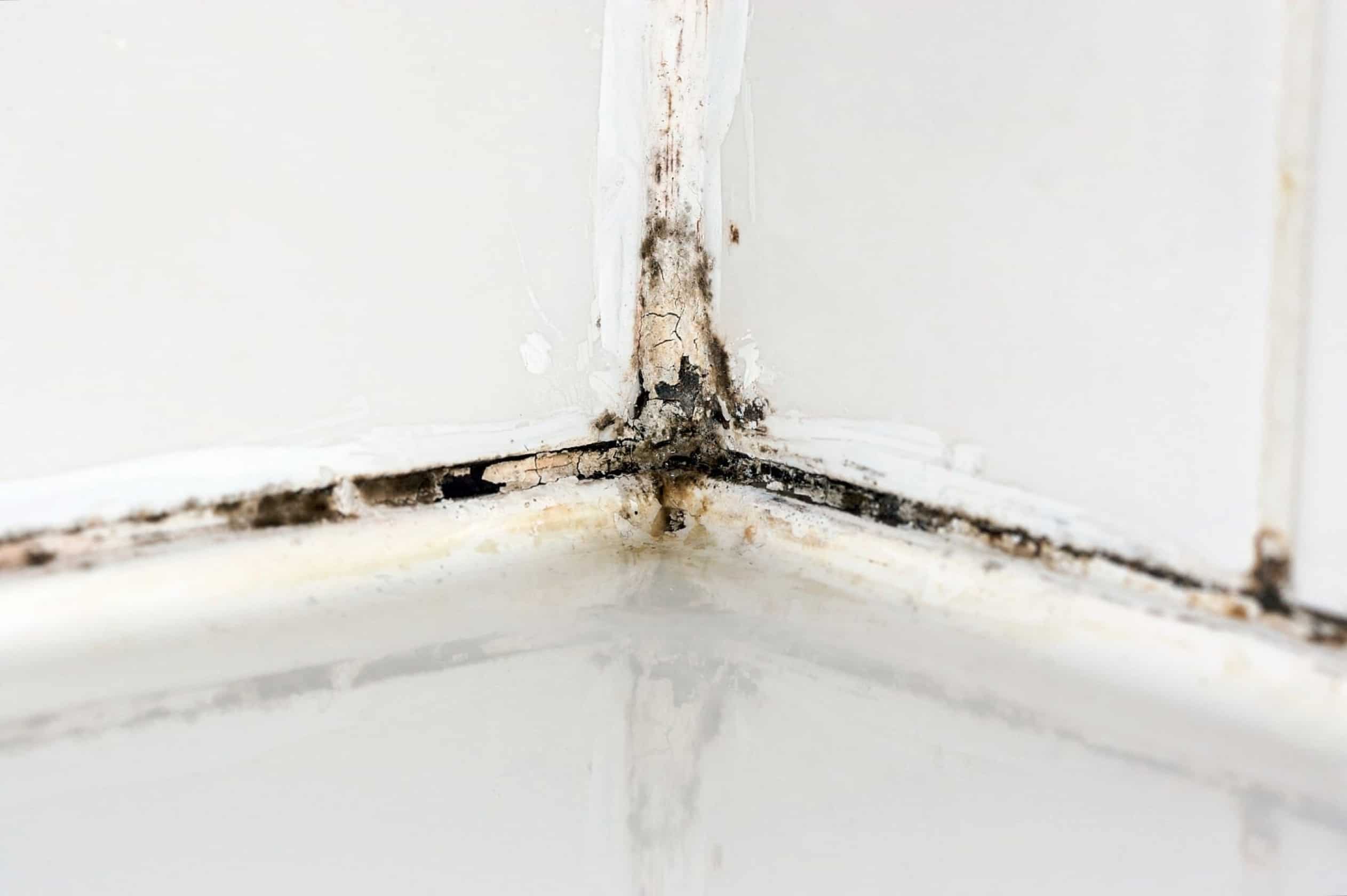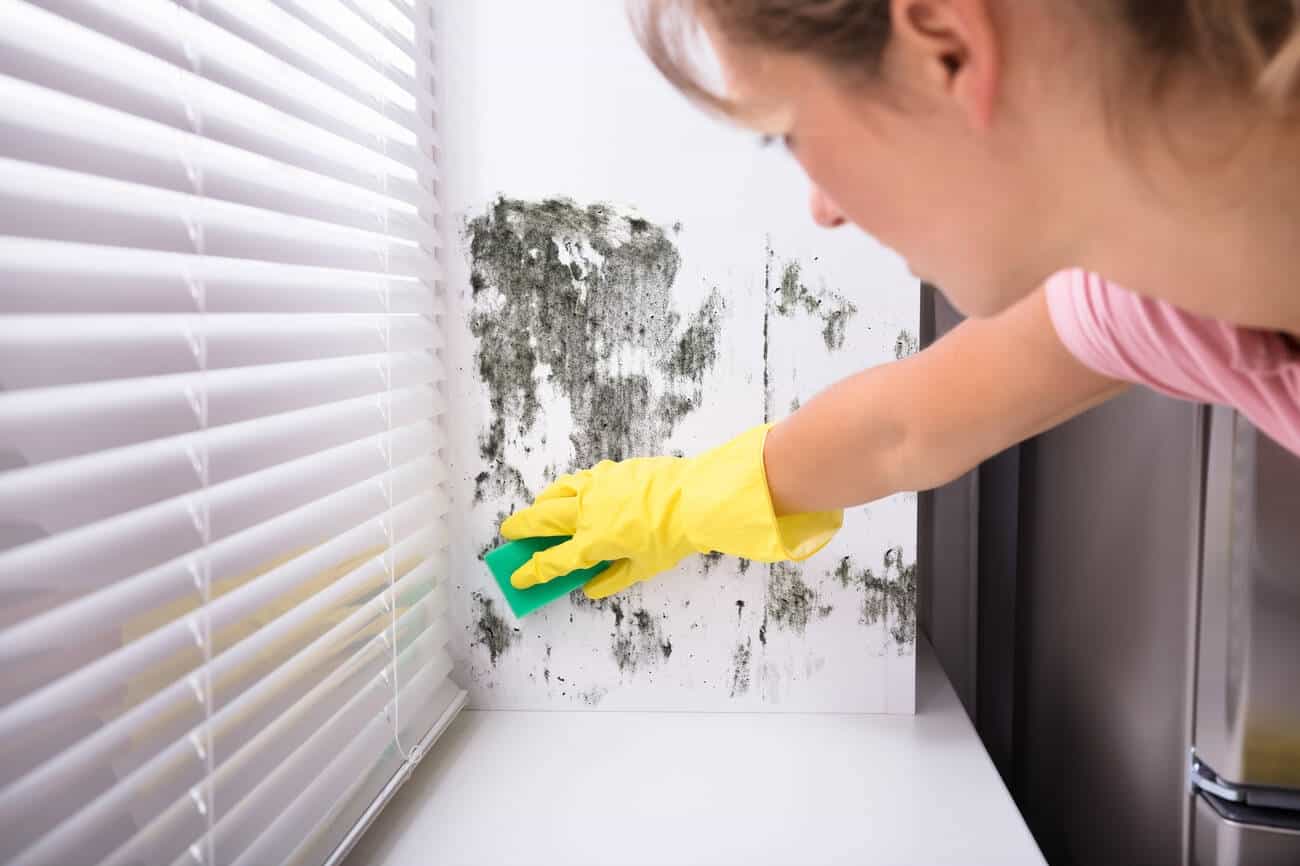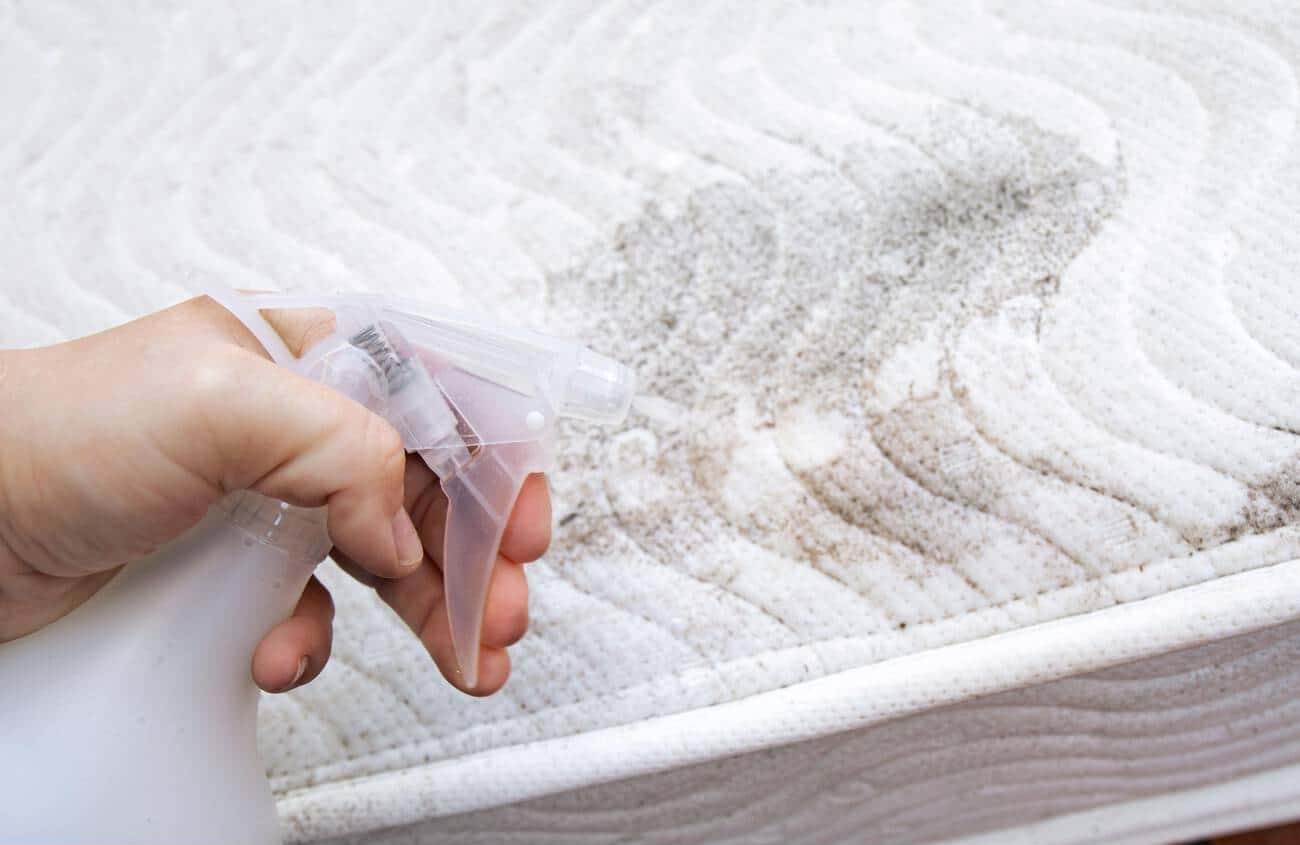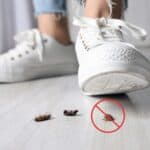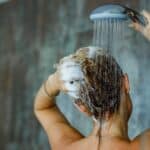Finding mold around the house definitely doesn’t brighten anyone’s day. In fact, that’s basically one of the last things you’d want to find in your home. Not only is it gross, it can actually lead to health issues and could even be a sign of a much larger (and often expensive) problem.
Obviously the solution is to get that nasty mold treated and clean, but rather than hiring help first for smaller problems, why not clean it yourself? Below you’ll find our guide to cleaning up the moldy areas around your house featuring our favorite secret weapon: vinegar. Keep reading to find out how to put the white vinegar in your home to good use when fighting mold.
Mold & Mildew, What’s the Difference?
Mildew usually means mold that has flat growth and is typically found in the more damp areas around your house like showers and tubs, windowsills, and occasionally around basements if they are underground. Basically, both are forms of fungi that should be removed once discovered. Really, both words are used interchangeably in most cases when referring to the mold found in damp areas around you house.
DIY Mold Removal
Turns out, using vinegar to treat and remove mold isn’t all that complicated. Just make sure you have everything you’ll need on hand before you get started. Need a checklist?
|
|
Now that you have all your supplies at the ready, let’s get down to business. White vinegar has about a 5% acidity and works best against mold when left undiluted. But because it has a mild acidity, you should avoid using vinegar on surfaces made from aluminum, cast iron, waxed wood, or natural stone, as it will likely damage the finish. Now that we have that heads up out of the way, here’s what you need to do:
- Start by making sure you have your eye, hand, and respiratory protection on before you get started so that you don’t breathe in any fumes or moldy air while you clean.
- Pour undiluted vinegar into your spray bottle for easy use and then spray the vinegar directly onto the mold you are trying to treat. Once a generous amount of vinegar has been sprayed onto the affected are, allow it to sit and penetrate into the mold for about an hour.
- Once the vinegar has been left to set into the mold for an hour, you can use a scrub brush and some water to gently wipe away the residue. Avoid using too much water so as to not damage the surface you are cleaning during the process. If you are working to clean a vertical surface, remember to to start at the top and work your way down when wiping the mold away.
- If you find the mold to be stubborn and in need of more vinegar, go ahead and spray some onto the area. Wait for some time and then pour a small amount of baking soda onto the vinegar to create a mild scrubbing paste. Use your scrub brush to fully remove and wipe away the remaining mold.
- After clearing the mold from the surface, check for any signs of discoloration and staining. If you find areas which have been discolored, a small amount of oxygen bleach powder like OxyClean should do the trick. Mix about ½ a cup of the powder with roughly 2 quarts of warm water and then apply the solution to the areas of discoloration. Allow this to set for about half an hour before scrubbing and rinsing with fresh warm water.
- Once the surface has been cleaned of mold and treated for discoloration, leave the area to air dry. This should not take long, but once the area is completely dry you can check over the space and repeat the process in any other areas that may have been affected by mold.
With patience and a lot of elbow grease, you should be able to have any mold fully removed from around your house in no time. To add to this little how-to guide, here are two other ways besides vinegar that you can treat mold:
Tea Tree Oil
Who knew one of the best smelling essential oils was a good mold buster? You can mix about a teaspoon of tea tree oil with a cup of water in a spray bottle and use this to treat mold or make sure a freshly cleaned area doesn’t see any regrowth too quickly.
Hydrogen Peroxide
Everyone knows that hydrogen peroxide is a great way to treat and disinfect wounds on skin, but did you know that it works to fight mold too? It can actually be used in a similar way to vinegar. Simply pour a generous amount of hydrogen peroxide directly onto the mold and allow it to set for about 10 to 15 minutes and then scrub it away and rinse th area with warm water.
Things to Remember
Now that you’re able to treat and clean up any moldy areas around your house, you should be pretty set and ready to take it on. But we want to add in a few last minute thoughts in regards to the process. Here are a few things to keep in mind:
- The minute you find a patch of mold, big or small, you’ll want to get to work cleaning it as soon as possible. Mold can grow and spready very quickly so you’ll want to stay ahead of any potential growth. If you find more growth even after cleaning, this is a sign of a bigger problem within your home.
- According to the CDC and the EPA, you can clean mold from smaller areas the size of a door or your shower yourself. But if you find mold in a larger area or mold that reappears quickly after cleaning, it’s a good idea to get some professional help to take care of the issue. Hiring a professional cleaner if the mold has penetrated your heating, air conditioning, or ventilation system is also smart and best done as soon as possible. You and your family may be breathing in unhealthy air and allowing this air to circulate through your home.
- Mold is most commonly found growing in moist areas like around pipes, near leaks, or around windows and showers or tubs. The best way to keep prevent mold from growing is to minimize moisture in your home and by staying on top of keeping certain rooms well ventilated.
- Vinegar is actually far better at killing mold than regular bleach. The EPA actually recommends not using bleach to clean most kinds of mold. Bleach really only kills the top layer of mold and doesn’t penetrate into the spores deep enough to fully kill and remove the mold completely. Most importantly: do not ever mix bleach with vinegar! This combination of chemicals doesn’t create a cleaning miracle, it actually creates poisonous chlorine gas which can be dangerous and in some cases even lethal.
Looking for some more cleaning tips and tricks for around the house? Check out our blog! We have tons of posts that can offer helpful guides and DIY cleaning tricks. We can even help you outside of the home and provide some helpful information for you day-to-day life.
Need some help to stay on top of the regular cleaning around your home? Our Boston maids have got your back! Check out our website to browse and book any of our cleaning services for your home. Can’t decide which of our services are right for you? Don’t worry, we’ll help you. Contact us today for friendly and affordable service.
 Recurring Cleaning
Recurring Cleaning Move In / Out Cleaning
Move In / Out Cleaning Office Cleaning
Office Cleaning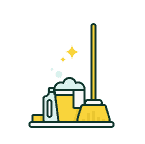 Housekeeping
Housekeeping Post Construction Cleaning
Post Construction Cleaning Green Cleaning
Green Cleaning Home Organization
Home Organization Deep Cleaning
Deep Cleaning Oven Cleaning
Oven Cleaning Airbnb Cleaning
Airbnb Cleaning Refrigerator Cleaning
Refrigerator Cleaning